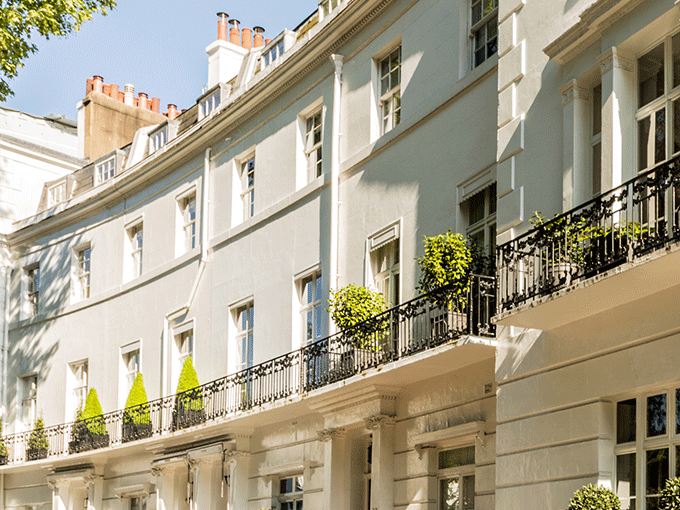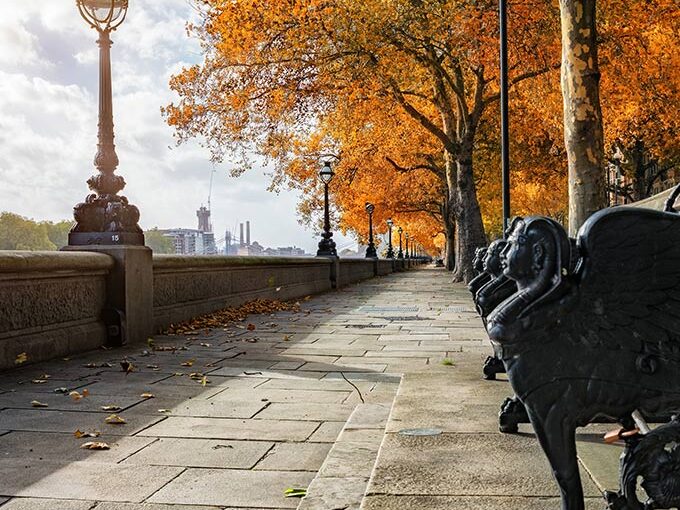The Structures & Buildings Allowance (SBA) provides relief against some costs associated with commercial buildings.
The SBA regime addresses a gap in the capital allowances system left by the abolition of Industrial Buildings Allowance. This article outlines how the relief works and how it can be claimed.
The SBA provides tax relief against three matters:
- The eligible costs of construction works of new non-residential structures and buildings;
- The cost of acquiring a completed building; and
- The cost of renovating or converting such buildings.
Constructing buildings
The SBA is available for costs of construction associated with commercial buildings so long as works commenced on or after 29 October 2018. The contract for the construction must have been entered into on or after that date.
Relief applies to buildings both in the UK and overseas, provided the business pays UK tax.
Relief is given over 33 1/3 years at an annual rate of 3% on the cost of constructing the building. The deductible amount is computed on a straight-line basis and there are no balancing charges or balancing allowances on a subsequent disposal of the asset; instead, a purchaser continues to claim the annual allowance over the remainder of the 33-year period. The structure or building must be in use (or used within the last two years) in order to claim the annual allowance.
Acquiring completed buildings
Where a completed building is acquired, it is usually the initial construction cost that will continue to qualify for the SBA, rather than the price paid by the new owner.
Renovation work
It should be noted that the SBA is available on renovation work for buildings constructed prior to 29 October 2018. Renovation work will have its own 33-year deduction period, so it will be necessary for advisors to retain detailed records of work carried out, cost and timing.
Qualifying costs
Most businesses will be able to claim the SBA subject to incurring qualifying expenditure on non-residential property, the broad scope of which includes office, retail and wholesale premises.
Eligible construction costs only include the net direct costs related to physically constructing the structure and costs of renovations or conversions of existing commercial structures or buildings. In all cases, the cost of acquiring the land, Stamp Duty Land Tax, legal costs, or planning permission costs do not qualify for the SBA.
An enhanced SBA of 10% is available for business incurring qualifying expenditure within designated freeport sites until September 2026. Freeports are located across the UK including:
- East Midlands
- Freeport East
- Humber Freeport
- Liverpool
- Plymouth & South Devon
- Solent
- Teesside
- Thames
- Forth Green
- Inverness & Cromarty Firth Green
- Anglesey
- Celtic
Non-qualifying costs
Expenditure on residential property, or any part of a building that is residential, is excluded from relief. However, where there is mixed-use, for example between commercial and residential units in a building, relief will be allowed on the amount apportioned to a non-residential use on a just and reasonable basis. There is no relief for the cost of workspaces within domestic settings, such as home offices.
There are special provisions dealing with property leases to reflect situations where the grant of a lease is akin to a sale of a property interest. The provisions allow both landlords and tenants to claim in respect of qualifying expenditure where there is a grant of a lease of 35 years or more and where the lessee pays a premium of more than two thirds of the total value of the property.
Interaction with other allowances
It was already the case that construction, acquisition or renovation of a commercial building involved a careful analysis of costs to determine capital allowances treatment, and the advent of the SBA does not change this. In particular, since the SBA is less generous than other allowances for plant and machinery or integral features, being able to correctly identify such assets within a property acquisition will often remain a beneficial exercise for clients undertaking such transactions.
It should be noted that any element of consideration that represents the land will not qualify for the SBA, although the cost of work done to the land to make it suitable for the building may qualify either for the SBA or Land Remediation Relief. It is usually beneficial to look carefully at such costs to ensure everything that can reasonably be claimed is claimed.
VAT
The importance of VAT to redevelopment costs should not be overlooked, and obtaining a VAT review at the same time is important to ensure the correct recovery is made.
Summary
The SBA provides valuable relief for qualifying construction costs and a careful review of non-residential projects should be considered in order to maximise the opportunities now available.
If you would like advice on the application of the SBA rules, please contact your usual Saffery contact or get in touch with Sean Watts.
This article is based on law and HMRC practice at 12 August 2024.
Contact Us
Partner, Bristol
Key experience











